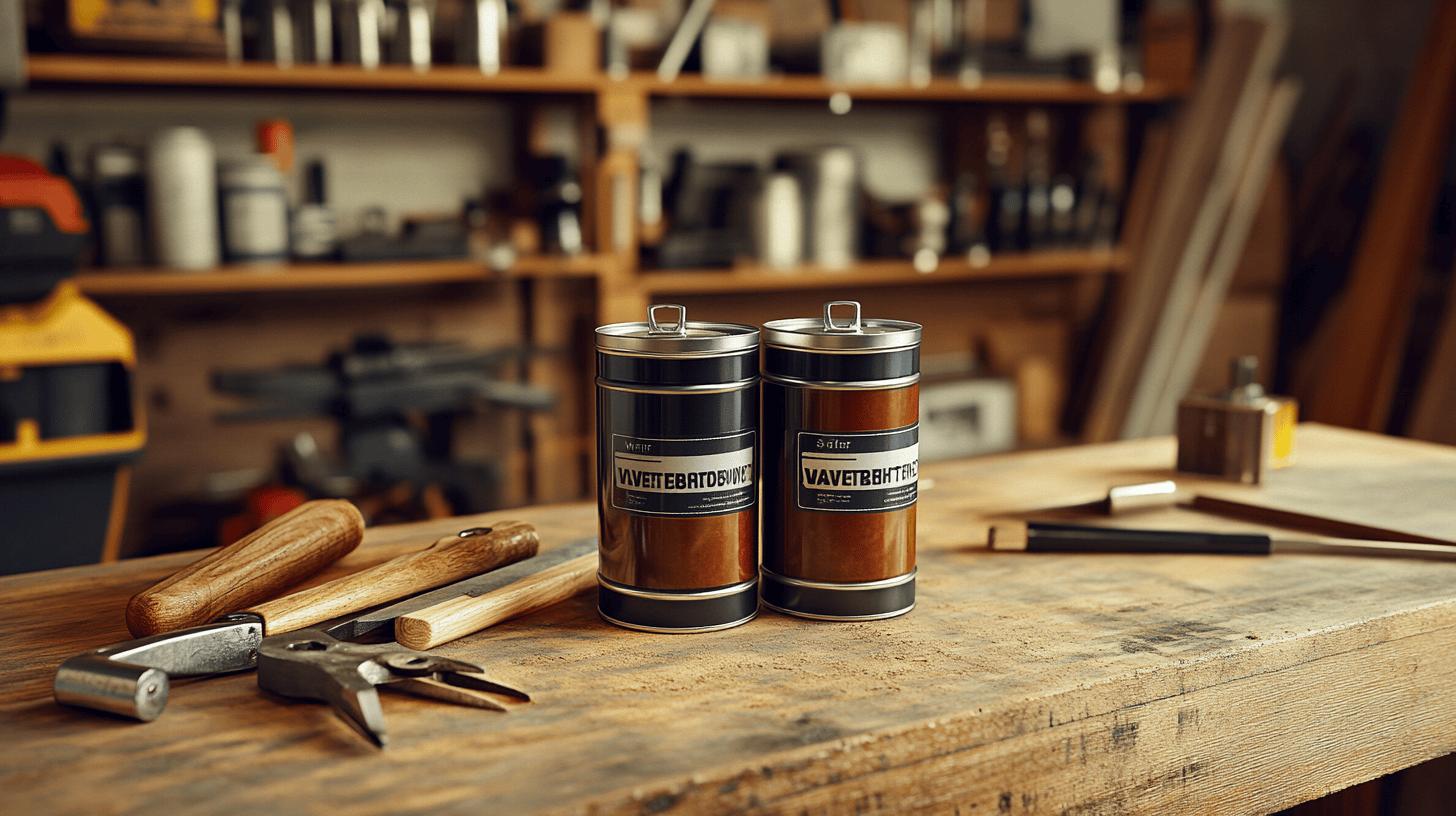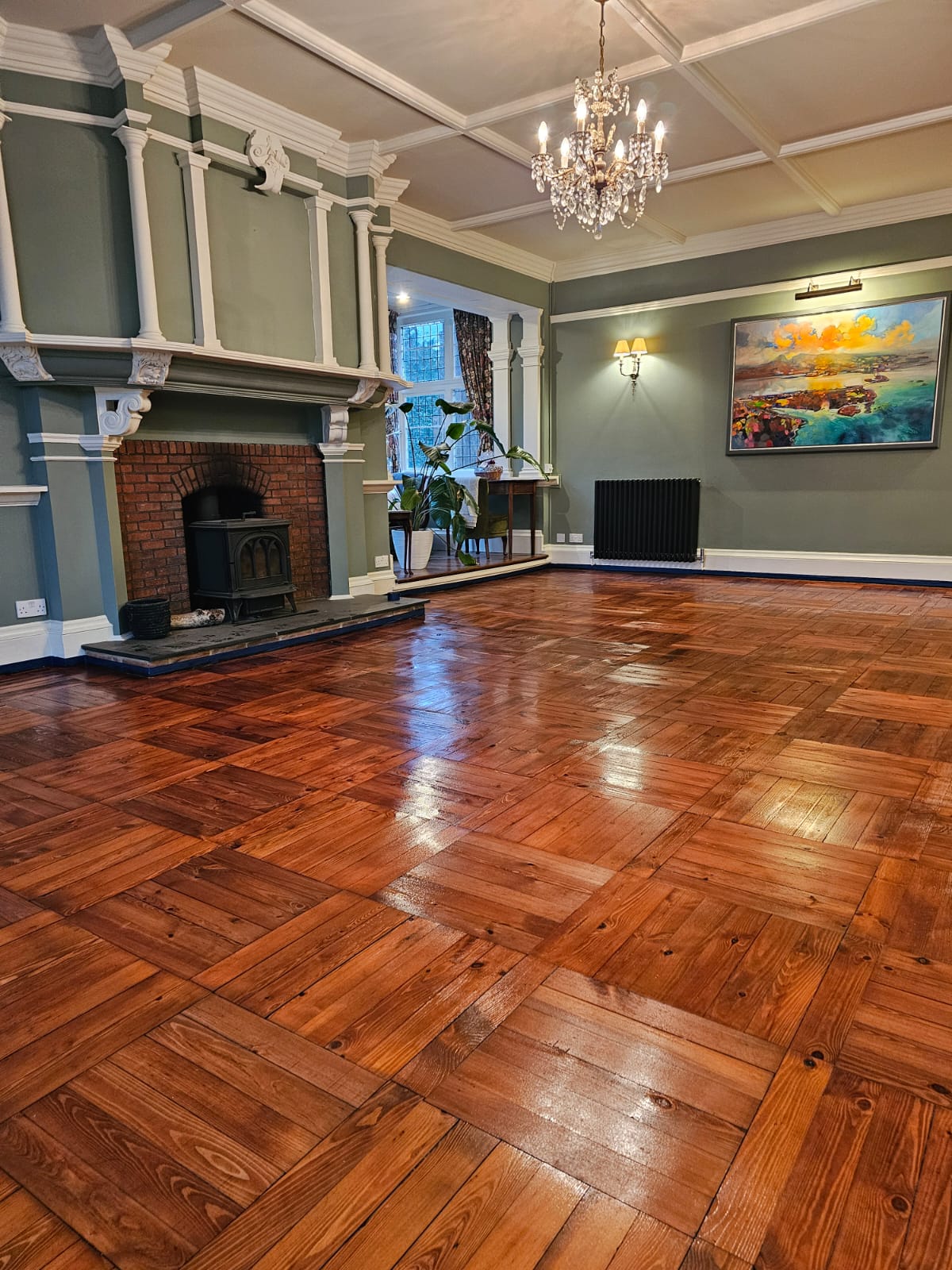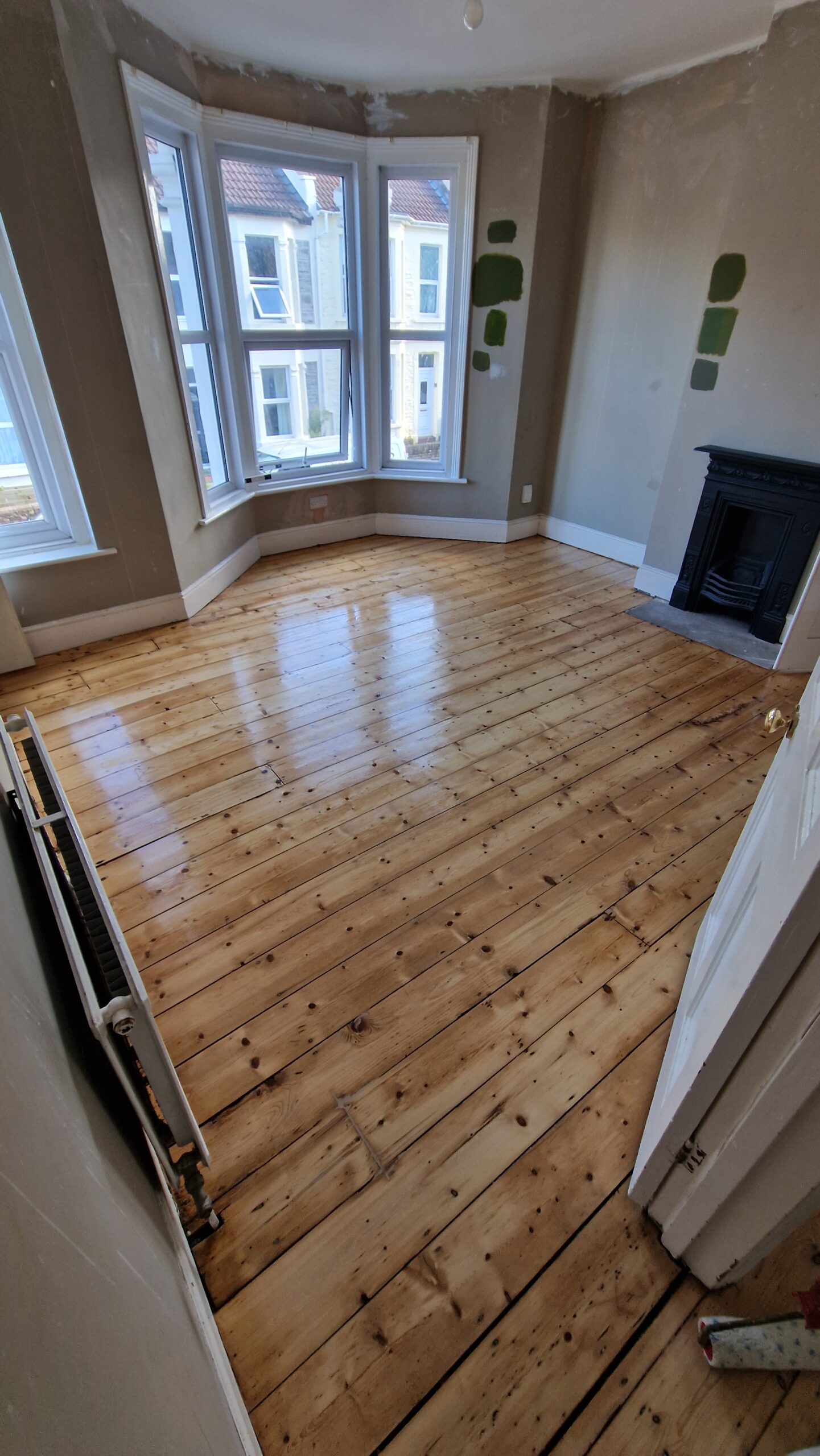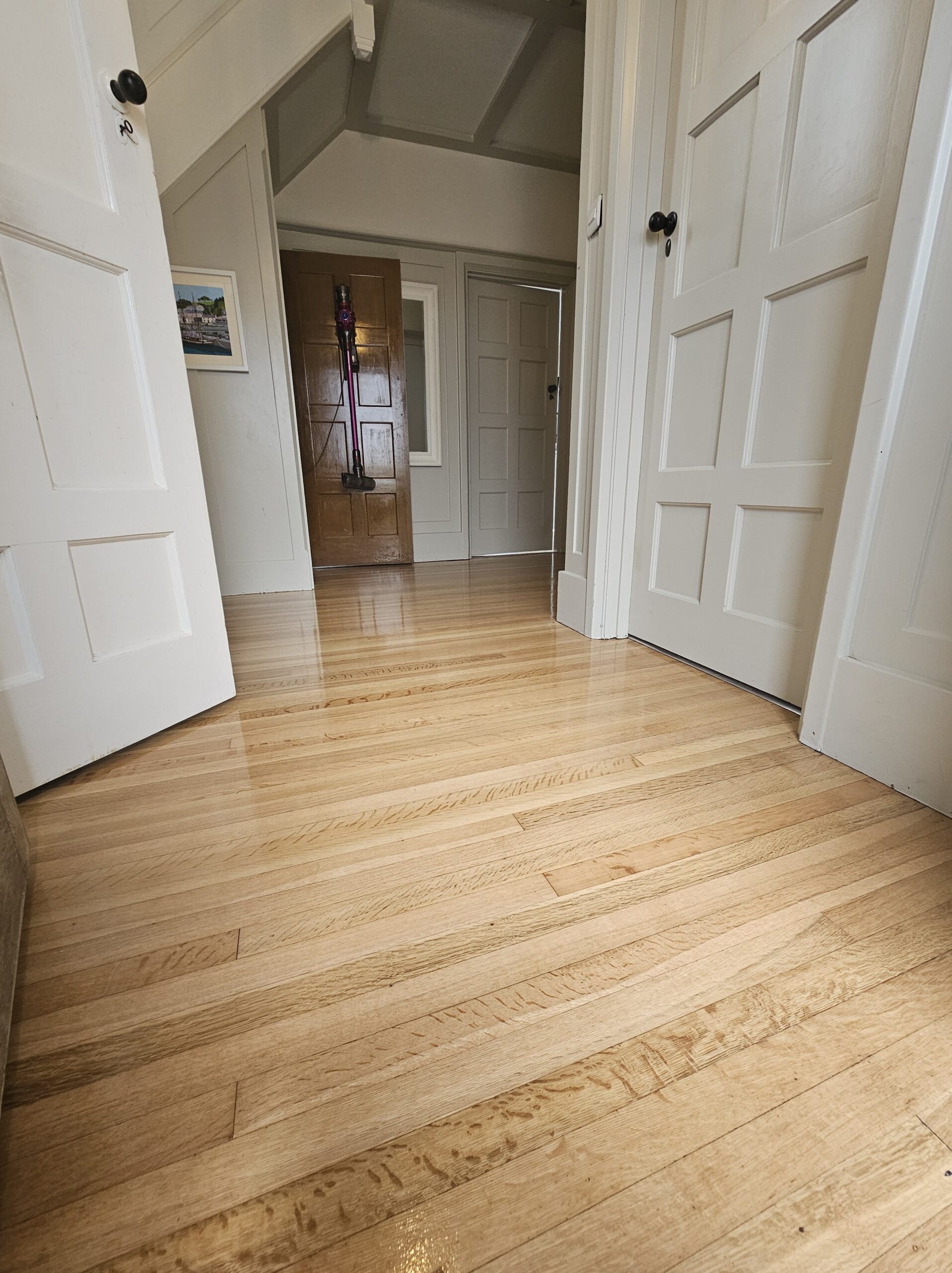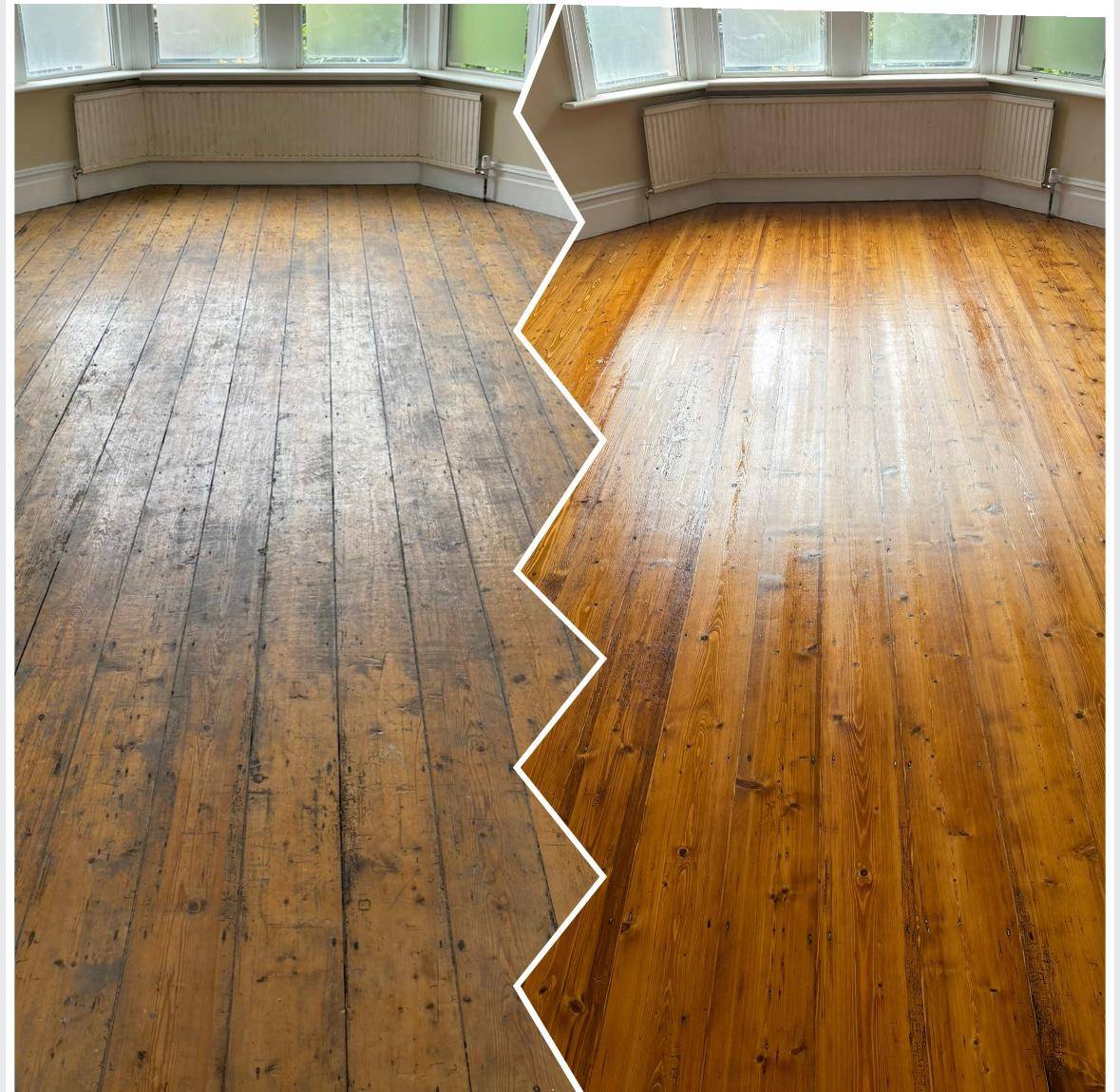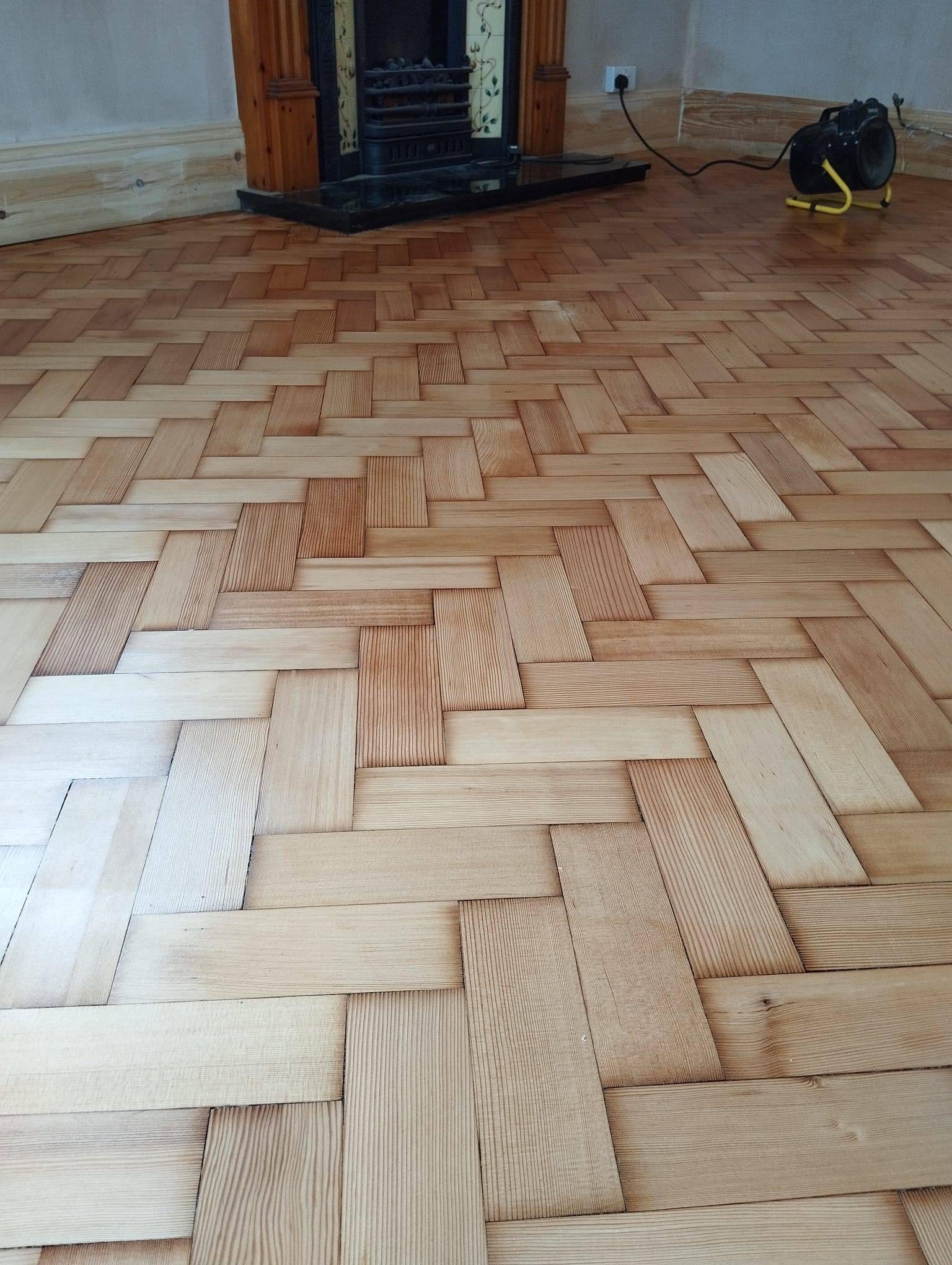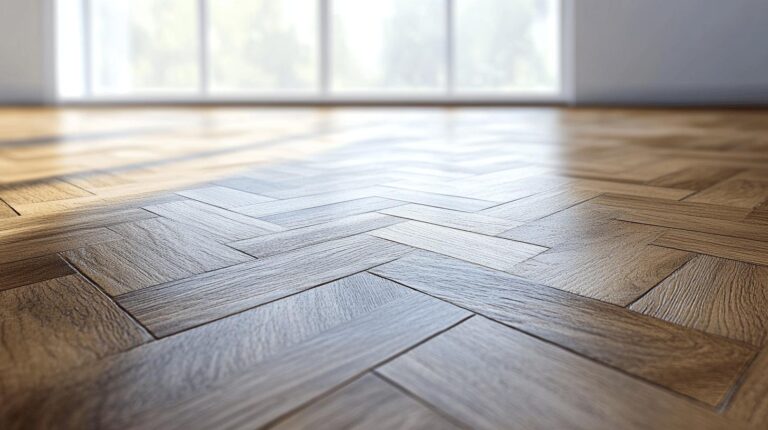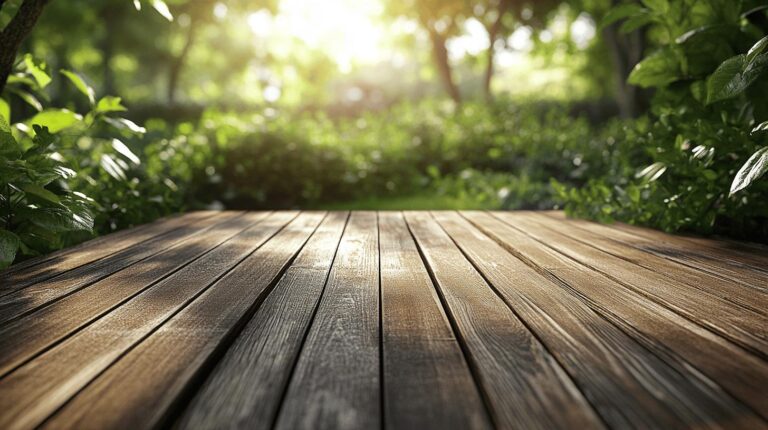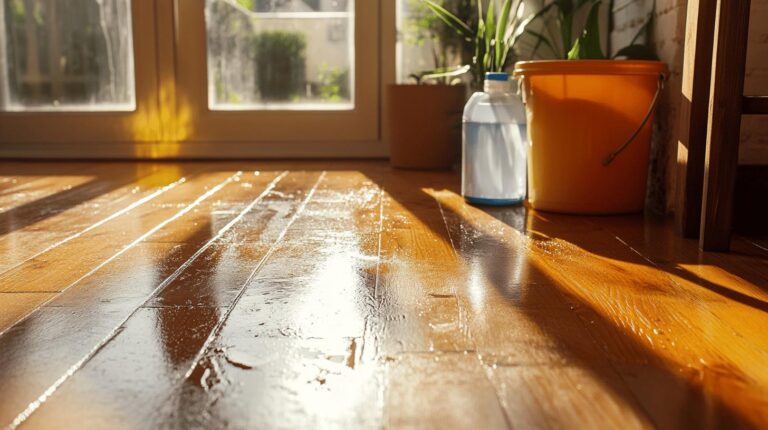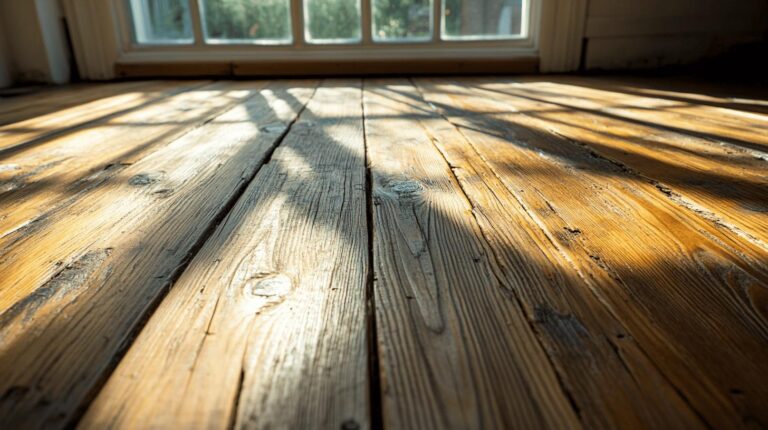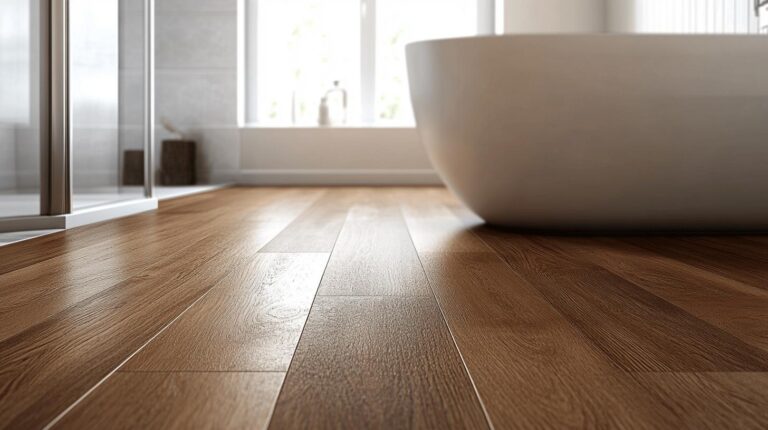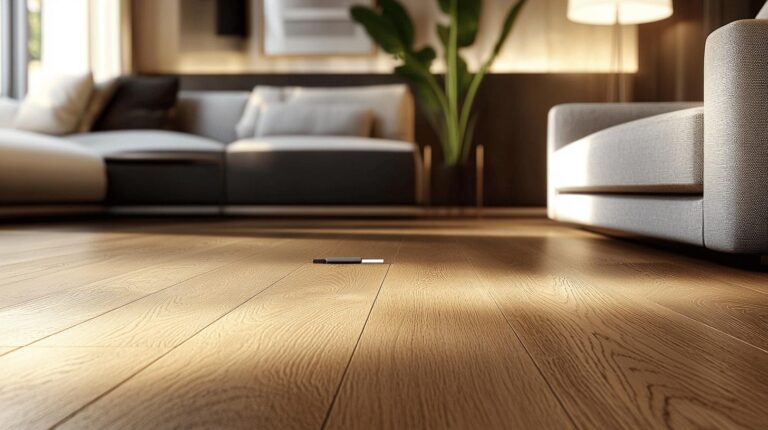When it comes to choosing a floor finish, homeowners often face a daunting decision: water-based or solvent-based polyurethane? This choice carries significant implications not just for the aesthetic and durability of your wood floors but also for the environment. With increasing awareness of environmental preservation, many are considering the greener alternatives. But how does each finish impact our world? This article delves into the chemical composition and environmental impact of these finishes, offering a comprehensive guide to help you make the most informed, eco-friendly decision for your home.
Chemical Composition and Environmental Impact
Water-based finishes primarily use water as a solvent, which significantly reduces the volatile organic compound (VOC) emissions. This reduction offers a more eco-friendly profile compared to solvent-based finishes. Solvent-based finishes rely on organic solvents like acetone, which are known for their higher VOC content. The chemical composition of these finishes directly influences their environmental impact, as solvent-based options introduce more harmful chemicals into the atmosphere during application and drying processes.
The environmental impact of a floor finish is heavily influenced by its VOC emissions. Water-based finishes are favoured for their lower VOC emissions, which contribute to improved indoor and outdoor air quality and reduced health risks. Conversely, solvent-based finishes emit higher levels of VOCs, leading to air pollution and potential health concerns, such as respiratory issues. The choice between these finishes should be informed by the immediate and long-term environmental effects, with water-based options offering a more sustainable solution.
Eco-friendly attributes of water-based finishes include better biodegradability and a lower environmental footprint. These finishes align with sustainability practices and are often associated with certifications such as GREENGUARD and LEED, which indicate lower environmental impact. By choosing water-based finishes, consumers can enjoy not only reduced VOC emissions but also a product that supports a more eco-conscious lifestyle. Solvent-based finishes, although durable, lack these eco-friendly attributes, making them less suitable for those prioritising sustainability.
Durability and Performance of Polyurethane Finishes
When considering the durability of polyurethane finishes, solvent-based options are often seen as the more robust choice. These finishes provide a tougher and more resilient layer on polyurethane flooring, making them ideal for high-traffic areas where wear and tear are more pronounced. However, water-based finishes, while generally less durable, are still capable of offering significant protection against everyday use. Both types are engineered to withstand a variety of environments, but the choice often depends on specific needs regarding durability and resilience.
In terms of performance attributes, water-based finishes have the advantage of clarity and are less prone to yellowing over time. This makes them an excellent choice for those who wish to maintain the natural aesthetic of their wooden floors. Solvent-based finishes might offer a richer appearance initially, but they can discolour as they age. For high-traffic areas, the robustness of solvent-based finishes often makes them the preferred choice due to their ability to withstand heavy use without significant degradation.
Longevity is another crucial factor in the decision-making process. While solvent-based finishes may last longer due to their inherent toughness, advancements in water-based technology have significantly improved their lifespan. Water-based options now provide a durable finish that can withstand years of use, especially when maintained properly. However, for environments subjected to extreme conditions or constant heavy foot traffic, the longer-lasting nature of solvent-based finishes can be advantageous. Ultimately, the choice between these finishes will hinge on balancing the desired aesthetic, environmental concerns, and specific durability requirements.
Health and Safety Considerations
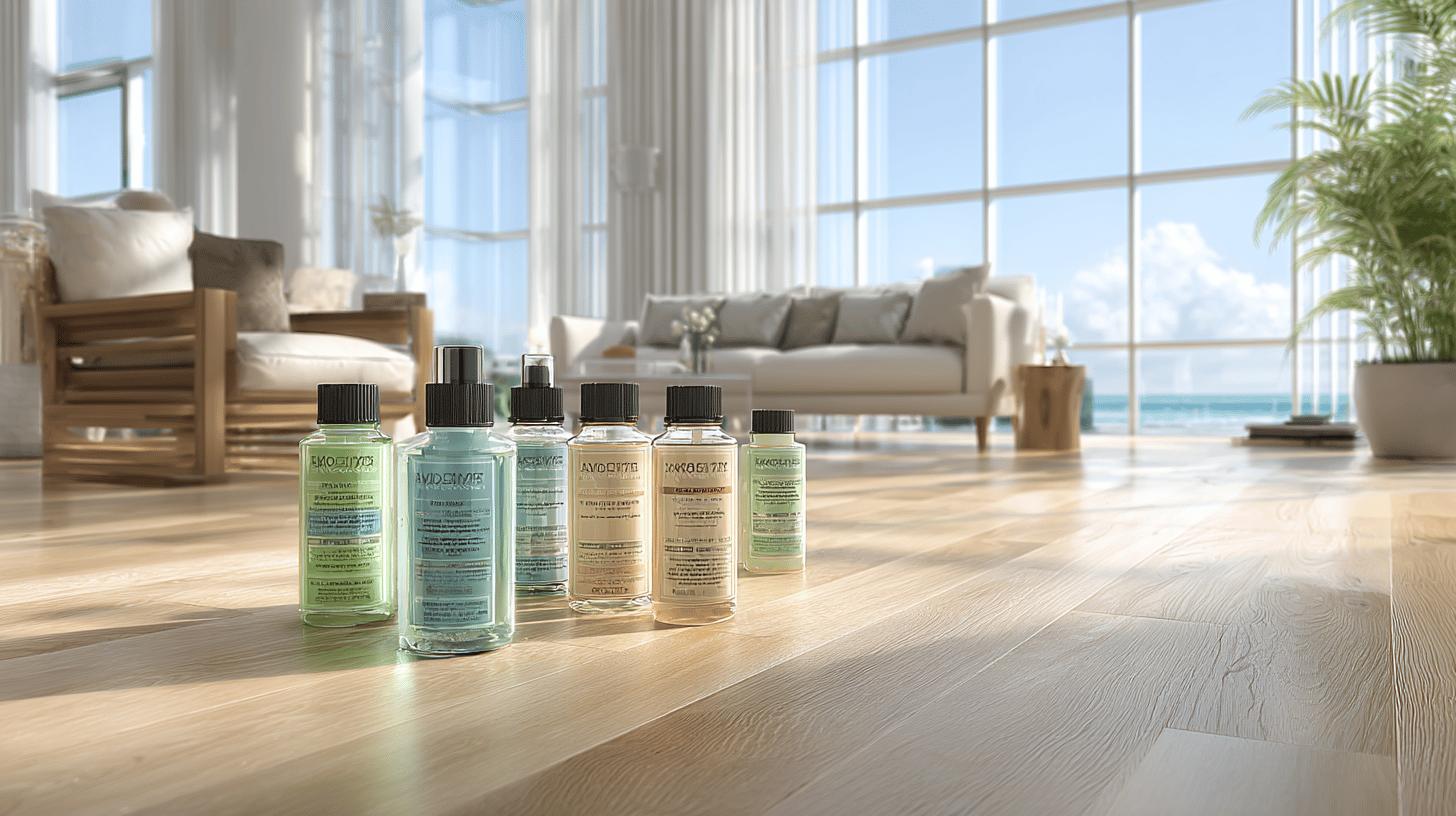
Volatile organic compound (VOC) emissions are a critical factor in determining the health and safety implications of polyurethane finishes. Water-based finishes are recommended over solvent-based options because they contain significantly lower levels of VOCs. This reduction in harmful emissions leads to an improvement in indoor air quality, providing a safer environment for occupants. Solvent-based finishes, on the other hand, emit higher levels of VOCs, which contribute to air pollution and can adversely affect indoor air quality, potentially leading to respiratory issues.
The health benefits of choosing water-based finishes extend beyond just air quality. These finishes are known for their milder odours and faster drying times, which reduce the exposure time to potentially harmful chemicals. For consumer safety, it is advisable to opt for non-toxic floor finishes with low or zero VOC content. Safety measures during application should include adequate ventilation and protective equipment to mitigate any risks associated with chemical exposure. Prioritising finishes that support a healthier living environment can significantly reduce health risks and improve overall consumer safety.
- VOC emissions
- Respiratory health risks
- Odour intensity
- Application safety measures
- Indoor air quality improvements
.
Aesthetic Qualities and Application Process
When it comes to aesthetic qualities, water-based finishes are typically favoured for their clarity and ability to maintain the wood’s natural appearance. These finishes dry to a clear coat, which ensures that the underlying wood grain is showcased without any yellowing over time. In contrast, solvent-based finishes often offer a deeper, richer sheen, which some may find enhances the wood’s aesthetic appeal. However, this can sometimes overshadow the natural beauty of the wood, especially if the finish yellows as it ages. Therefore, the choice between water-based and solvent-based finishes often hinges on whether the preference is for a clear, natural look or a more lustrous, glossy finish.
The application process of these finishes also varies significantly. Water-based finishes dry much faster than their solvent-based counterparts, allowing for multiple coats to be applied in a single day. This rapid drying time can significantly reduce the total project duration. Additionally, the clean-up process for water-based finishes is more straightforward, typically requiring just soap and water. Solvent-based finishes, on the other hand, necessitate the use of harsh chemicals for cleaning. The application technique may also differ, with water-based finishes often being easier to apply evenly, contributing to a smoother final appearance. These practical considerations can influence the decision-making process when selecting the appropriate finish for a particular project.
- Sheen levels
- Drying times
- Clean-up ease
- Application technique
.
Sustainability Certifications and Eco-Friendly Choices
Sustainability certifications and eco-labels play a crucial role in guiding consumers towards more environmentally friendly flooring options. Certifications such as GREENGUARD and LEED are often associated with water-based finishes, highlighting their lower environmental impact. These certifications ensure that products meet stringent standards for indoor air quality and environmental performance, making them a reliable marker for eco-conscious consumers. Products bearing these certifications have been evaluated for their VOC emissions and overall contribution to a sustainable environment, providing assurance that the chosen finish supports healthier living spaces and reduces ecological footprints.
When selecting an eco-friendly floor finish, water-based options are generally the preferable choice. These finishes are known for their lower VOC emissions and enhanced biodegradability, making them a sustainable option for both residential and commercial settings. Water-based finishes also offer quicker drying times, which not only shortens project timelines but also reduces potential exposure to harmful chemicals. For consumers committed to green products, prioritising water-based finishes with recognised environmental certifications ensures a balance between aesthetic appeal, performance, and sustainability. By choosing these finishes, one can contribute to a healthier indoor environment while supporting broader ecological goals.
Final Words
Navigating the complexities of choosing between water-based and solvent-based polyurethane finishes reveals crucial factors, from VOC emissions to aesthetic outcomes.
Water-based finishes emerge as the greener choice due to lower VOC levels, contributing to healthier indoor air quality and reduced environmental impact. Their fast-drying properties and clarity without yellowing add to their appeal.
Conversely, solvent-based finishes offer superior durability for high-traffic areas. Understanding these differences aids in selecting the right finish for specific needs, balancing durability with environmental responsibility. For a sustainable choice, water-based options remain paramount.
Go green with us → Wood Floor Oiling
FAQ
Q: Which floor finish, water-based or solvent-based, is greener?
A: Water-based finishes are considered greener due to their lower VOC emissions, lessening air pollution and health risks compared to solvent-based finishes, which contain higher VOC levels.
Q: Are water-based finishes more environmentally friendly?
A: Yes, water-based finishes are more eco-friendly due to lower VOC emissions and improved biodegradability, making them a sustainable choice for flooring.
Q: What is the main disadvantage of using water-based polyurethane?
A: The main disadvantage of water-based polyurethane is its potentially lower durability compared to solvent-based finishes, which may be more robust for high-traffic areas.
Q: Does water-based polyurethane change wood colour?
A: Water-based polyurethane typically does not change wood colour significantly, preserving the natural appearance better than solvent-based options, which may yellow over time.
Q: What is the difference between solvent-based and water-based polyurethane finishes?
A: Solvent-based finishes use organic solvents and have higher VOCs, while water-based finishes use water as a solvent, resulting in lower VOCs and eco-friendliness.
Q: Is solvent-based polyurethane the same as oil-based polyurethane?
A: Yes, solvent-based polyurethane is often referred to as oil-based. Both rely on organic solvents for application.
Q: Which polyurethane finish is better for tables, water-based or oil-based?
A: For tables, water-based polyurethane is often preferred for its clear finish and faster drying time, maintaining the wood’s natural look while being easier to apply indoors.
Q: What are some considerations when choosing a floor finish regarding health and safety?
A: When choosing a finish, consider VOC emissions, respiratory health risks, odour intensity, application safety measures, and indoor air quality improvements for safer usage.
